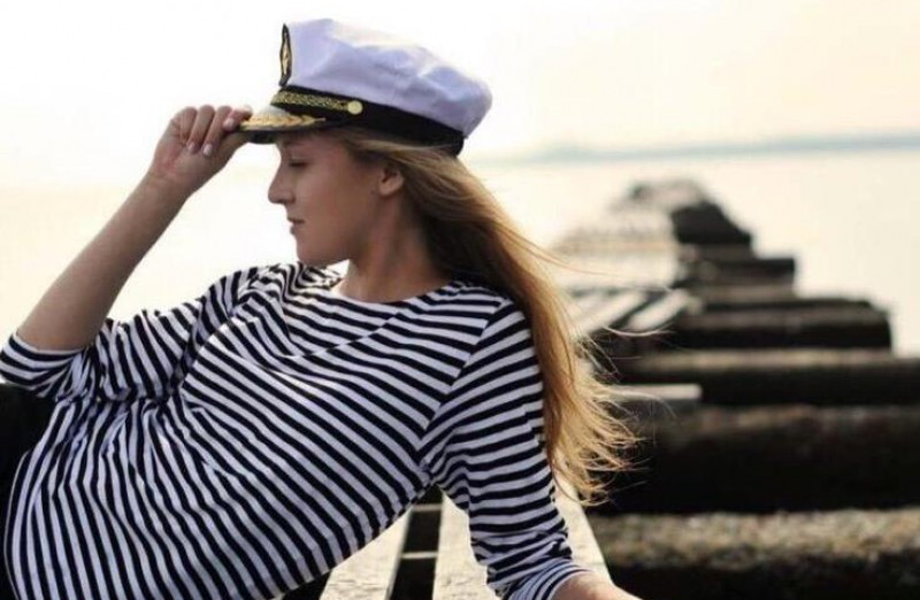Russian Telnyashka

The Russian
telnyashka is an undershirt horizontally striped in white and various colors
and which may be sleeveless. It is an iconic uniform garment worn by the Russian
Navy, the Russian Airborne Troops (VDV) and the Russian marines. Dating back to
the 19th century Imperial Navy, it was subsequently worn by the Soviet
successors of these troops.
The
official uniforms of Naval, Airborne and Naval Infantry personnel do not
include conventional shirts. Open fronted jackets of various designs make the
distinctively striped telnyashka a conspicuous part of the clothing of these
different branches of the Russian armed forces.
Telnyashkas
are also available to civilian customers and may come in a variety of
knittings. Single-stranded knitting is the standard military-issue variant, but
double- and quadruple-stranded knitting for increased warmth can be produced. A
quadruple-stranded telnyashka is thick enough to keep the wearer warm with
nothing else on, even at 5 °C (41 °F), as it was originally developed to be
worn by military divers under a dry suit.
Soviet
special forces wear telnyashkas with Afghanka battle dress during the War in
Afghanistan.
he Russian
telnyashka originated in the distinctive striped marinière blouse worn by
merchant sailors and fishermen of Brittany, who adopted this style to
distinguish them from other sea-going nationalities. The fashion was later
adopted and popularized by the French Navy and other navies of the
pre-dreadnought era. Sailors of the modern French Navy still wear these
garments in certain orders of dress.
The
Imperial Russian Navy adopted the blue and white striped telnyashka blouse
during the 19th century. The tradition of Russian or Soviet ground troops
wearing a naval uniform comes from Soviet Navy sailors who fought as shore
units during World War II. It is exemplified by the famed Soviet sniper Vassili
Zaitsev, a petty officer in the Soviet Pacific Fleet who volunteered for army duty,
but refused to give up his telnyashka because of the pride it engendered.
Vasily
Margelov, who was later to modernize the Soviet Airborne Forces (VDV), had
previously served with a Naval Infantry unit in World War II, and procured
telnyashkas for the VDV as a mark of their elite status.
Telnyashkas
with stripes of certain colors traditionally designate particular troops, for
example:
• Black
– Naval Infantry
• Dark
blue – Navy
• Light
blue – VDV paratroopers, GRU Spetsnaz (posing as VDV)
• Light
green – Border Troops
• Maroon
– OMON
• Red
– National Guard Forces Command, National Guard of Russia (formerly Internal
Troops of the MVD)
• Orange
– EMERCOM
.png)